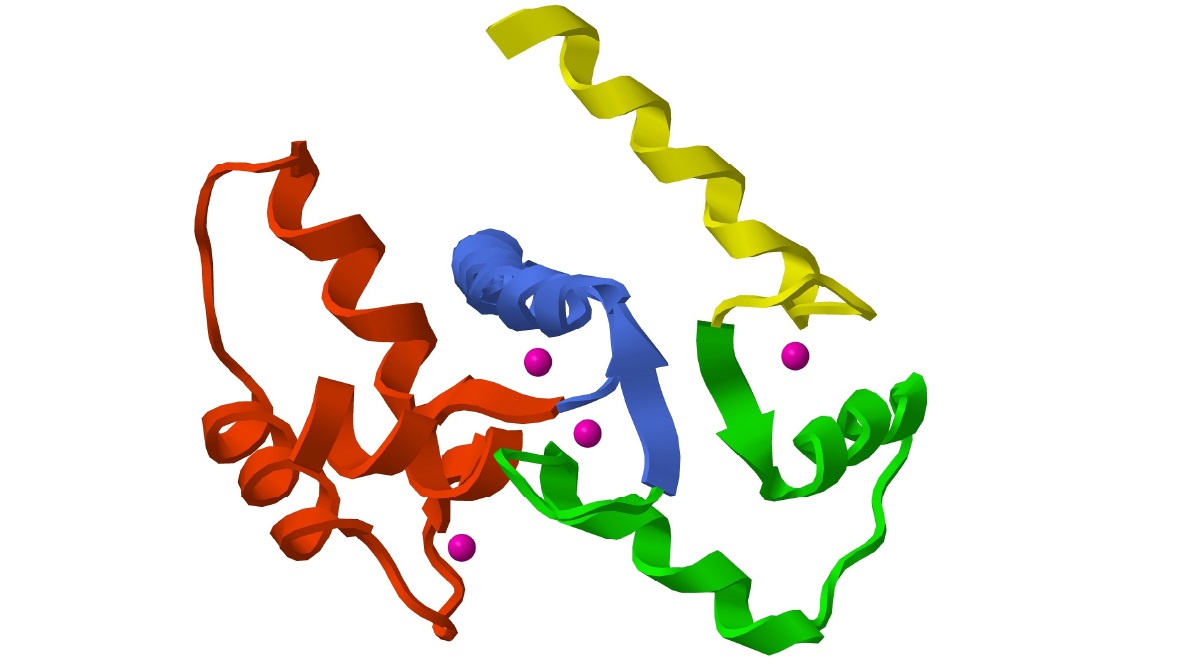
Coronary steal is a phenomenon where blood flow is redirected away from a coronary artery that is already narrowed or blocked. This can lead to chest pain or other symptoms of heart disease. But what exactly causes this to happen? Coronary steal occurs when blood vessels in other parts of the heart dilate, or widen, in response to certain medications or conditions. This dilation reduces the amount of blood available to the already compromised artery, "stealing" it away. Understanding this condition is crucial for those at risk of heart disease. Let's dive into 20 facts about coronary steal to better grasp its implications and management.
What is Coronary Steal?
Coronary steal is a phenomenon where blood flow is diverted from a coronary artery, leading to reduced blood supply to the heart muscle. This can cause chest pain or other symptoms, especially in people with coronary artery disease. Here are some intriguing facts about coronary steal.
-
Coronary Steal Syndrome: This condition occurs when blood flow is redirected from a diseased coronary artery to a healthier one, worsening the ischemia (lack of blood flow) in the affected area.
-
Caused by Vasodilation: Vasodilation, the widening of blood vessels, can trigger coronary steal. When blood vessels in other parts of the heart dilate, they can "steal" blood away from areas that need it most.
-
Linked to Coronary Artery Disease: People with coronary artery disease are more susceptible to coronary steal. Narrowed or blocked arteries make it easier for blood to be diverted.
-
Symptoms Mimic Angina: The symptoms of coronary steal often resemble those of angina, including chest pain, shortness of breath, and fatigue.
-
Diagnosed with Stress Tests: Doctors often use stress tests to diagnose coronary steal. These tests measure how well the heart functions under physical stress.
How Does Coronary Steal Affect the Heart?
Understanding the impact of coronary steal on the heart helps in managing and treating the condition effectively. Here are some key points.
-
Reduced Oxygen Supply: Coronary steal reduces the oxygen supply to the heart muscle, which can lead to ischemia and damage to the heart tissue.
-
Increased Risk of Heart Attack: By diverting blood flow, coronary steal can increase the risk of a heart attack, especially in individuals with pre-existing heart conditions.
-
Can Lead to Heart Failure: Chronic coronary steal can contribute to heart failure, a condition where the heart cannot pump blood effectively.
-
Affects Exercise Tolerance: People with coronary steal often have reduced exercise tolerance due to the decreased blood flow to the heart during physical activity.
-
May Cause Arrhythmias: The condition can lead to arrhythmias, or irregular heartbeats, due to the lack of adequate blood supply to the heart muscle.
Treatment and Management of Coronary Steal
Managing coronary steal involves a combination of lifestyle changes, medications, and sometimes surgical interventions. Here are some treatment options.
-
Medications: Drugs like nitrates and calcium channel blockers can help manage coronary steal by improving blood flow and reducing symptoms.
-
Lifestyle Changes: Adopting a heart-healthy lifestyle, including a balanced diet, regular exercise, and quitting smoking, can help manage the condition.
-
Surgical Interventions: In severe cases, procedures like angioplasty or coronary artery bypass grafting (CABG) may be necessary to restore proper blood flow.
-
Monitoring and Follow-Up: Regular check-ups and monitoring are crucial for managing coronary steal and preventing complications.
-
Stress Management: Reducing stress through techniques like meditation, yoga, or counseling can help improve heart health and manage symptoms.
Interesting Facts About Coronary Steal
Here are some lesser-known yet fascinating facts about coronary steal that highlight its complexity and impact.
-
First Described in 1960s: The phenomenon of coronary steal was first described in the 1960s, providing insights into the complexities of coronary artery disease.
-
Not Always Symptomatic: Some people with coronary steal may not experience any symptoms, making it a silent yet potentially dangerous condition.
-
Can Occur During Surgery: Coronary steal can happen during certain surgical procedures, particularly those involving the heart or major blood vessels.
-
Role of Collateral Circulation: The body sometimes develops collateral circulation, or new blood vessels, to bypass blocked arteries and reduce the impact of coronary steal.
-
Research Ongoing: Scientists continue to study coronary steal to better understand its mechanisms and develop more effective treatments.
Final Thoughts on Coronary Steal
Coronary steal is a fascinating yet complex phenomenon. It occurs when blood flow is diverted away from the heart due to the dilation of blood vessels in other parts of the body. This can lead to chest pain and other symptoms, especially in individuals with coronary artery disease. Understanding this condition is crucial for proper diagnosis and treatment.
Medications, lifestyle changes, and sometimes surgical interventions can help manage symptoms and improve quality of life. If you suspect you might be experiencing symptoms of coronary steal, consult a healthcare professional for an accurate diagnosis and appropriate treatment plan.
Knowledge about coronary steal empowers patients and caregivers to make informed decisions. Stay proactive about heart health, and don't hesitate to seek medical advice when needed. Your heart will thank you for it.
Was this page helpful?
Our commitment to delivering trustworthy and engaging content is at the heart of what we do. Each fact on our site is contributed by real users like you, bringing a wealth of diverse insights and information. To ensure the highest standards of accuracy and reliability, our dedicated editors meticulously review each submission. This process guarantees that the facts we share are not only fascinating but also credible. Trust in our commitment to quality and authenticity as you explore and learn with us.


